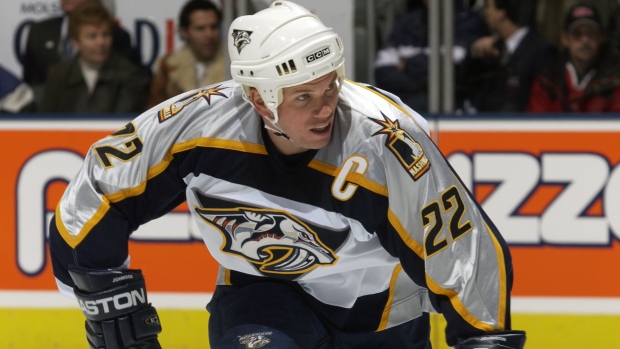Former NHL player Greg Johnson, who passed away in 2019, has been posthumously diagnosed with chronic traumatic encephalopathy (CTE), according to recent reports. Johnson, a respected figure in the hockey community, played for several NHL teams including the Nashville Predators and Detroit Red Wings.
The diagnosis comes as a result of a detailed report released by Johnson's family, highlighting the impact of repeated head injuries during his career. CTE is a neurodegenerative disease linked to concussions and repeated blows to the head, often found in athletes participating in contact sports like hockey.
Johnson's case has raised renewed concerns about player safety in the NHL and the long-term effects of concussions. Despite retiring from professional hockey in 2006, Johnson struggled with various health issues before his death at the age of 48. His family hopes that by sharing his story, they can raise awareness about the risks associated with head injuries in sports.
During his career, Johnson was known not only for his skill on the ice but also for his leadership qualities. He served as captain for the Predators and was respected by teammates and opponents alike. The news of his CTE diagnosis has prompted discussions about the NHL's protocols for managing head injuries and the importance of player advocacy.
The NHL has taken steps in recent years to improve player safety, including implementing concussion spotters at games and introducing protocols for evaluating and treating head injuries. However, cases like Johnson's highlight the challenges that athletes face even after retiring from active play.
CTE can only be definitively diagnosed posthumously through brain tissue analysis, which makes prevention and early intervention critical for current players. Johnson's family hopes that by sharing his diagnosis, they can contribute to ongoing research and encourage proactive measures to protect athletes from the long-term effects of head trauma.
So, Greg Johnson's posthumous diagnosis of CTE serves as a poignant reminder of the risks associated with professional sports, particularly hockey. His story underscores the need for continued efforts to improve player safety and support for athletes both during and after their careers.



0 Comments